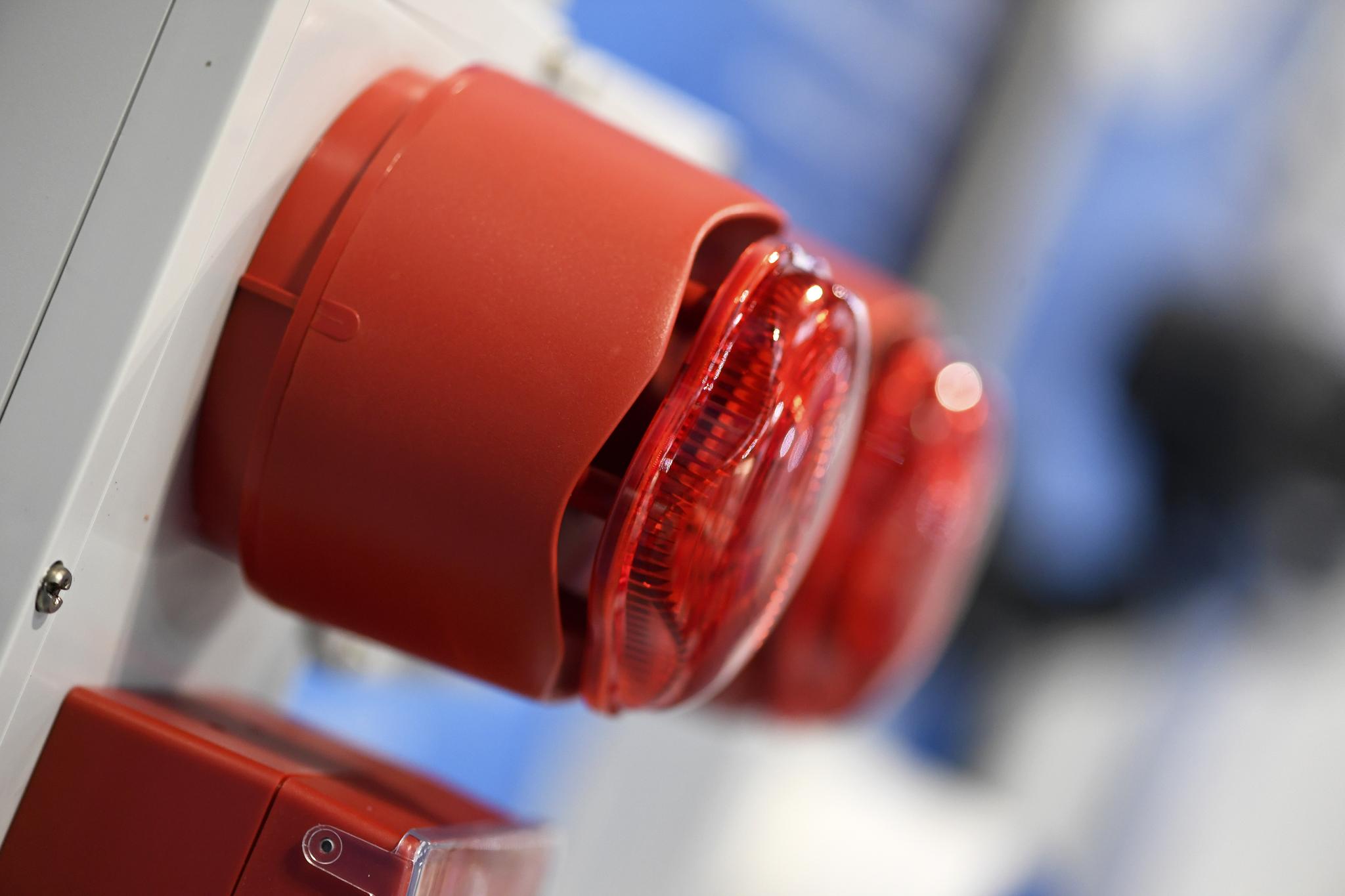The dangers of fire alarm fatigue and how to combat false alarms
Every false fire alarm is costly, disrupting schools and businesses, placing unnecessary strain on our emergency services, and reducing the public’s faith in fire alarms.
A false fire alarm is: any fire alarm signal other than a genuine fire or signal test. The cause of these false fire alarms can be as a result of human behaviour, either good intent or malicious, or due to apparatus.
‘Good intent’ are calls made in good faith with the belief that there really is a fire, for instance a customer in a shop sees what they believe to be smoke and activates a manual call point.
Conversely, ‘malicious’ activations are made with the intention of getting the fire and rescue service to attend a non-existent incident, for example when someone breaks the glass of a manual call point despite knowing there is no fire.
‘Due to apparatus’ false alarms are incidents initiated by a fire alarm and fire-fighting equipment activating, such as by burnt toast or steam in a kitchen.
Continuing to be the largest incident type, false fire alarms accounted for 39 per cent of the incidents attended by fire and rescue services in England in 2022 – fires accounted for 29 per cent.
With similar figures reflected throughout the Home Nations, over £1 billion is lost every year in the UK due to false fire alarms.
To recoup this cost, North Yorkshire Fire and Rescue Service joined the London Fire Brigade in recovering costs from hospitals, airports and student halls with a poor false alarm record.
The Scottish Fire and Rescue Service recently changed the way their firefighters respond to automatic fire alarms in commercial premises to reduce unnecessary call outs from unwanted fire alarm signals.
However, the reduction of unwanted fire alarm signals to fire and rescue services does not necessarily reduce false fire alarms and therefore may leave fire safety issues unaddressed. This may not only lead to disruption for businesses, but also to alarm fatigue for the occupants – successfully reducing false alarms, will also reduce unwanted fire alarm signals.
Why are false fire alarms dangerous?
- Fire crews should be at real emergencies – where they could be saving lives.
- The ‘crying wolf’ factor – frequent false alarms in a building cause staff to become complacent and less willing to act quickly when the alarm activates.
- Unnecessary risk – fire crews travel at high speed to attend ‘emergency’ calls and accidents can happen. False alarms put the public and crews at unnecessary risk.
The ‘crying wolf’ factor of false fire alarms creates complacency that delays evacuation and can prove fatal in a real emergency.
From the UK to the UAE, alarm fatigue is an international issue. Fires at the Marina Torch in Dubai demonstrated the threat of alarm fatigue; engulfed by flames twice in two years, on both occasions residents believed the signal that was there to protect them was a false alarm.
At this year’s Women’s World Cup in New Zealand, a fire alarm sounded for several minutes at the match between the USA and Portugal. Despite the alarm, and voice alert urging fans to find their nearest exit, stands were not evacuated and play continued on the field – only later was it declared a false alarm.
The major fire at the Bolton Cube student accommodation also served as a stark reminder of the deadly impact of alarm fatigue; residents ignored the fire alarm as the blaze burned through the block of student flats because fire alarms would sound “almost every day.”
The issue of alarm fatigue was recognised in the Incident Report by Greater Manchester Fire and Rescue Service: “It was reported subsequent to the fire that some residents of The Cube did not immediately respond to the fire alarm as ‘…it goes off all the time…’. This perception has the potential to delay an appropriate response, and hence the ability to safely move to a place of safety.”
Tragically, not every student who falls victim to alarm fatigue is so lucky. Three students died and 62 others were injured after a fire at residential halls at Seton Hall University in New Jersey, USA. Authorities said students fatally delayed leaving the dorms after a series of recent false alarms had “lulled them into a false sense of security.”
Whether accidental or malicious, there are measures that can be taken to reduce the number of false fire alarms and suppress the threat of alarm fatigue.
Key steps to reduce false alarms:
- Reviewing your Fire Safety Risk Assessment and keeping a log of all false alarms to identify any trends which should be raised with your alarm engineers.
- Creating an action plan to reduce the chance of any false alarm occurring.
- Check detector types and their locations – would moving detectors or changing the type used reduce activations? Seek advice from your alarm engineer.
- Upgrading automatic fire detection (AFD) systems that are obsolete with more modern technology e.g. ‘multi-sensing’ detectors.
- Fitting manual call points with protective covers in problem, vulnerable or high traffic areas.
- Ascertaining whether any false alarms are a result of activating the wrong call points such as green emergency door release points.
- Keeping AFD systems appropriately maintained.
- Considering whether a link to an Alarm Receiving Centre is necessary or if it is appropriate to suspend the automatic dialling function whilst buildings are occupied or at certain times of the day.
- Seeking further guidance and advice from their alarm system provider or servicing agent as well as their local legislative fire safety officer.
As recommended in BS 5839-1:2017, manual call points can be fitted with a protective cover to prevent false fire alarms. The British Standard Institute recommends in section 20.2b, that: “All MCPs should be fitted with a protective cover, which is moved to gain access to the frangible element.
“It is now recommended that a protective cover is fitted to a Type A manual call point to help prevent false alarms.”
Recent Home Office research and analysis of ‘trends in fire false alarms and fire false alarm policies’ reported a decline in false fire alarms caused by malicious or accidental activation of manual call points due to the introduction of protective covers.
Safety Technology International manufacture a range of protective covers, from integral covers to outdoor and sounder models; there are variations to suit all applications. These covers are specifically designed to protect manual call points from false fire alarms.


.png)
.png)
.png)
.png)

